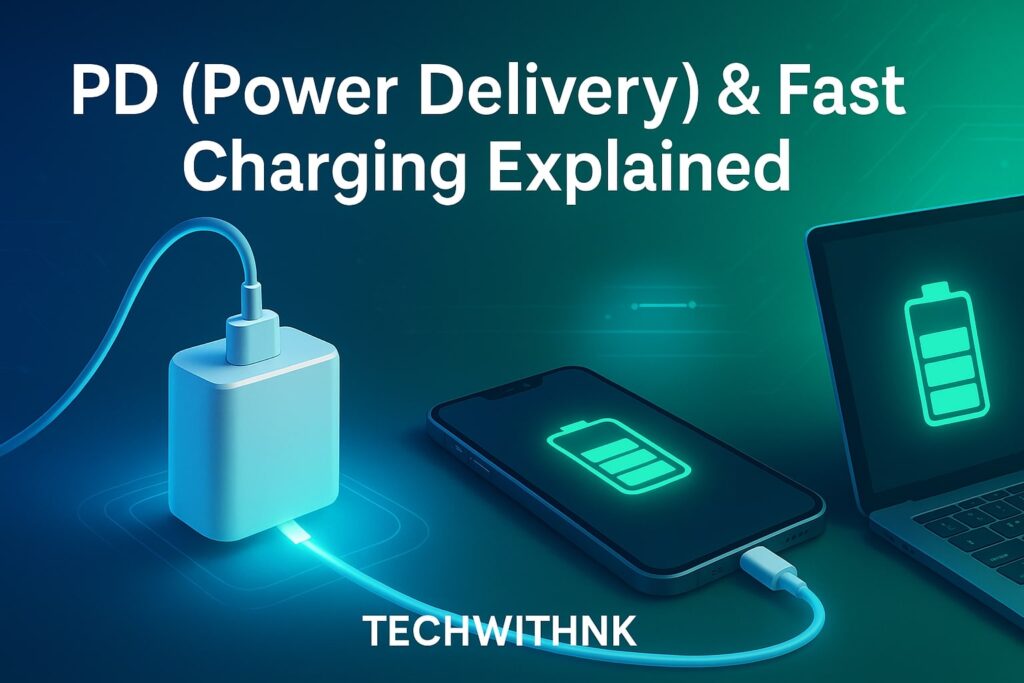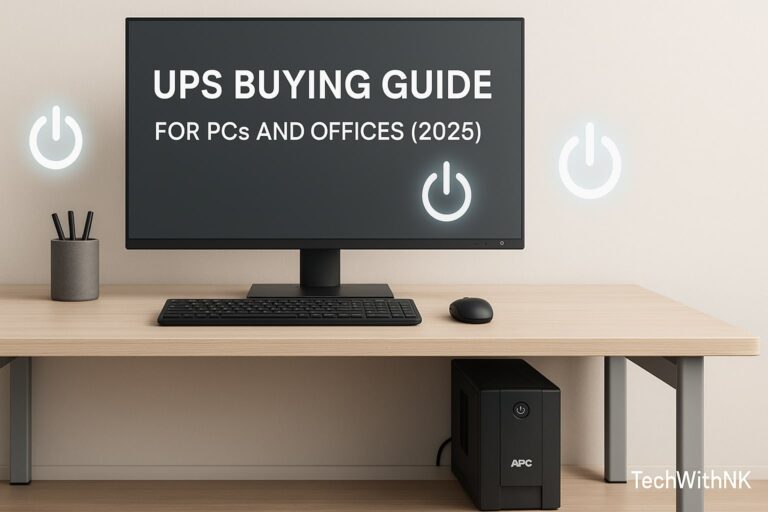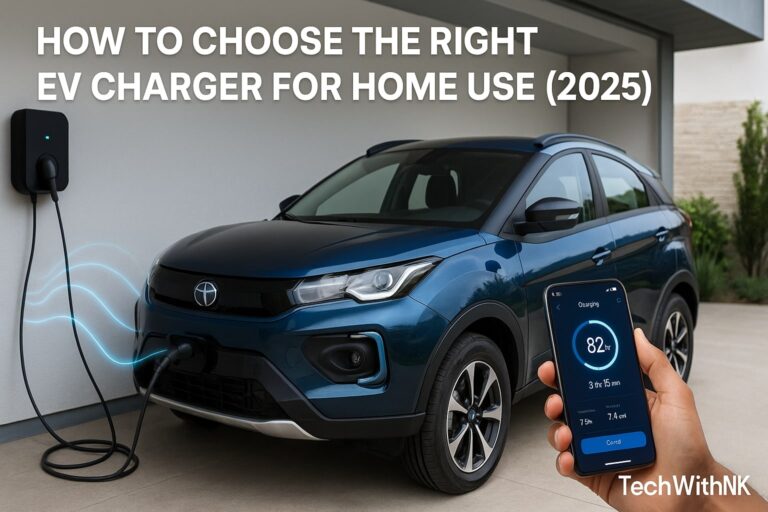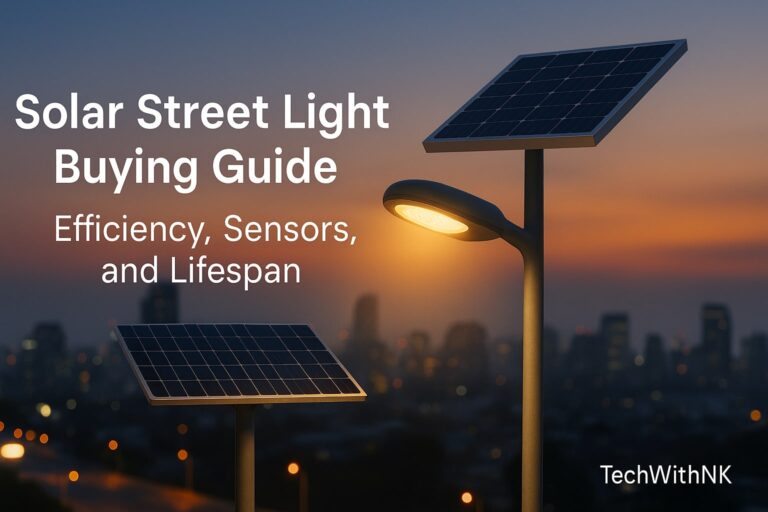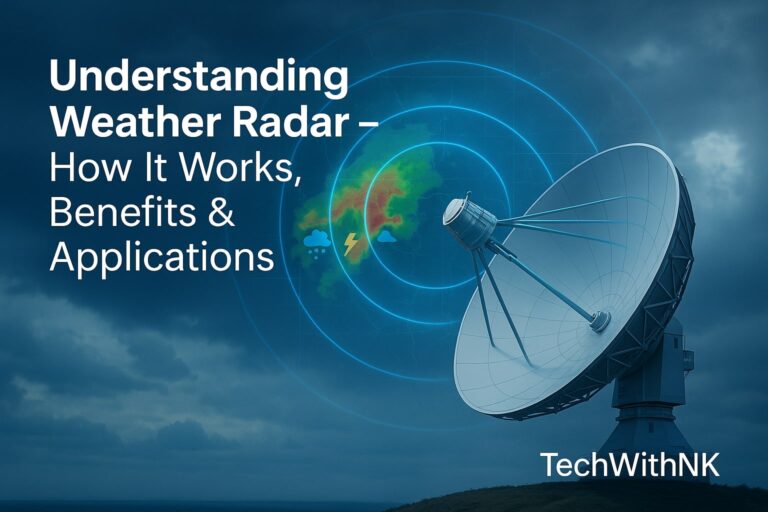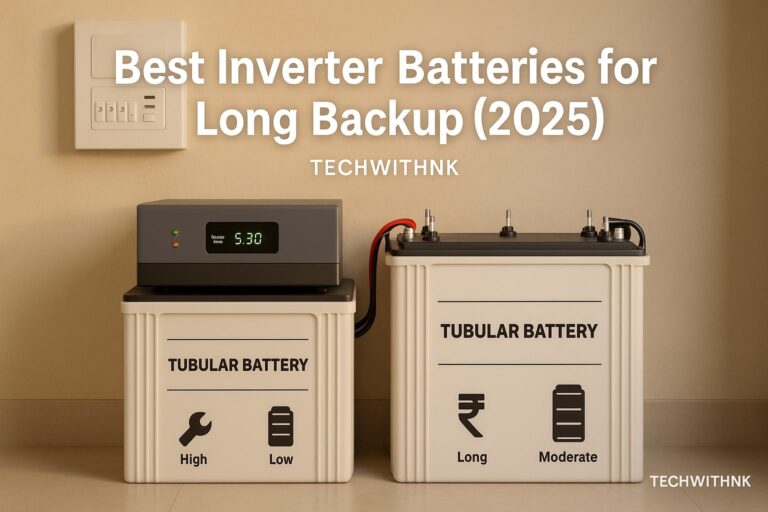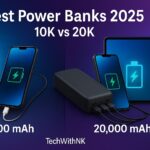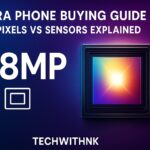Smartphones, laptops, and gadgets are becoming more powerful each year — but that also means they need faster and smarter charging solutions. Traditional USB charging (5V/1A) feels painfully slow when compared to today’s USB Power Delivery (PD) and Fast Charging technologies.
If you’ve ever noticed your phone charging to 50% in 30 minutes, that’s PD or another fast-charging protocol at work. Let’s break it down step by step.
What is Power Delivery (PD)?
USB Power Delivery (PD) is a fast-charging standard introduced by the USB Implementers Forum (USB-IF).
It allows higher power transfer (up to 240W with USB PD 3.1).
Uses USB-C cables for safe and universal charging.
Negotiates voltage & current between device and charger (smart communication).
👉 Example: Your laptop may need 65W, while your smartphone may need 25W. A PD charger can detect and adjust automatically.

How Does Fast Charging Work?
Fast charging increases power (Wattage = Voltage × Current) delivered to the device.
Traditional USB 2.0 → 5V @ 0.5A → 2.5W
USB PD → up to 20V @ 5A → 100W (USB PD 3.0)
USB PD 3.1 → up to 48V @ 5A → 240W
This means:
Phones can charge in under an hour.
Laptops can charge via a single USB-C charger.
Multiple devices can share one universal charger.
Benefits of USB PD & Fast Charging
✅ Universal Standard – Works across phones, laptops, tablets, and accessories.
✅ Smarter Charging – Negotiates safe voltage/current.
✅ High Power Output – Up to 240W for laptops and monitors.
✅ Future-Proof – Backed by major brands (Apple, Google, Samsung, Dell, HP, Lenovo).
✅ Single Charger for All Devices – Reduces clutter.
Power Delivery Versions
🔹 USB PD 1.0 (2012)
Up to 100W, flexible profiles.
🔹 USB PD 2.0 & 3.0
Widely used in smartphones & laptops.
5V, 9V, 15V, 20V power profiles.
Up to 100W.
🔹 USB PD 3.1 (2021)
Extended Power Range (EPR).
Up to 240W charging.
Ideal for gaming laptops, monitors, and docking stations.
PD vs Other Fast Charging Technologies
✅ Power Delivery (PD)
Universal, USB-IF standard.
Works with all USB-C devices.
Up to 240W.
⚡ Qualcomm Quick Charge (QC)
Proprietary by Qualcomm.
Used in many Android phones.
Supports higher voltages (QC 5.0 up to 100W).
⚡ Oppo VOOC / OnePlus Warp / Realme Dart
Proprietary, ultra-fast charging (65W-240W).
Special cables & chargers needed.
👉 Difference: PD is universal and safer, while proprietary fast charging is often faster but brand-locked.
Devices That Support PD Charging
Smartphones: iPhone 8 & later, Google Pixel, Samsung Galaxy S/Note/Z series, OnePlus, Xiaomi, etc.
Laptops: MacBook Air/Pro, Dell XPS, Lenovo ThinkPad, HP Spectre, Asus ZenBook.
Tablets: iPad Pro, Samsung Galaxy Tab S series.
Accessories: Power banks, earbuds, monitors, docking stations.
How to Know If Your Device Supports PD
Check if your device has a USB-C port.
Look for specs mentioning “USB PD” or “Fast Charging.”
iPhones support PD but need a USB-C to Lightning cable.
Laptops often list 65W/100W USB-C charging.
Choosing the Right PD Charger
When buying a PD charger, consider:
Wattage Requirement – Phone (18–30W), Laptop (45–100W), Gaming Laptop (100–240W).
Number of Ports – Single vs multi-device charging.
GaN Chargers – More efficient, compact, and less heat.
Cable Quality – Use certified USB-C cables that support high wattage.
Safety of PD & Fast Charging
PD is safe because it uses smart negotiation.
Devices only take the required power.
Overheating is rare with genuine chargers.
Avoid cheap, uncertified chargers (risk of battery damage or fire).
Future of PD & Fast Charging
USB PD 3.1 with 240W power delivery.
Universal chargers for phones, laptops, gaming consoles, and monitors.
Wireless fast charging merging with PD standards.
AI-based charging management (extending battery life).
Is PD charging faster than normal fast charging?
Yes. PD supports up to 240W (USB PD 3.1), while normal charging is limited to 10W or less.
Can I use a PD charger for my phone?
Yes, if your phone supports USB-C PD charging (iPhones, Pixels, Samsung, etc.).
. Does fast charging damage the battery?
Not with PD. It uses smart control to prevent overheating. However, cheap chargers may harm batteries.
